
Ever wonder why your electricity bill is always higher than it should be, even if you’re pretty careful about turning things off? The culprit could be lurking right in plain view in the form of appliances and devices quietly sipping power all day, every day. These “energy vampires” don’t just drain your wallet some can pose serious safety hazards if left plugged in unattended.
According to the Natural Resources Defense Council, nearly 23% of a home’s electricity use comes from devices that aren’t even in active use. That’s a big chunk of change for zero benefit. The good news? By unplugging a few key items, homeowners and renters can slash utility bills, reduce fire risks, and even extend the life of their gadgets. Here’s a closer look at which appliances deserve to be unplugged when they’re off-duty-and why it matters.
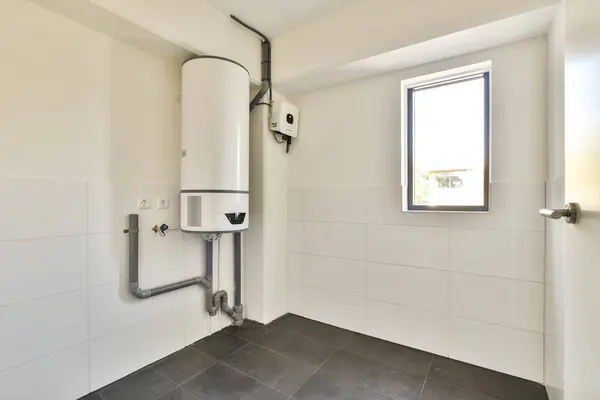
1. Space heaters
Space heaters are notorious for both their high energy use and fire risk. The National Fire Protection Association estimates they cause about 10,000 house fires annually. Even when switched off, models with digital timers or temperature sensors continue to draw power. Plugging them into a power strip or extension cord only adds more danger to the circuit overloads that can result and cause overheating.
The safest move is to unplug space heaters entirely when not in use. This not only eliminates standby power consumption but also removes a major hazard from your home, especially during the winter months when they’re used most often.
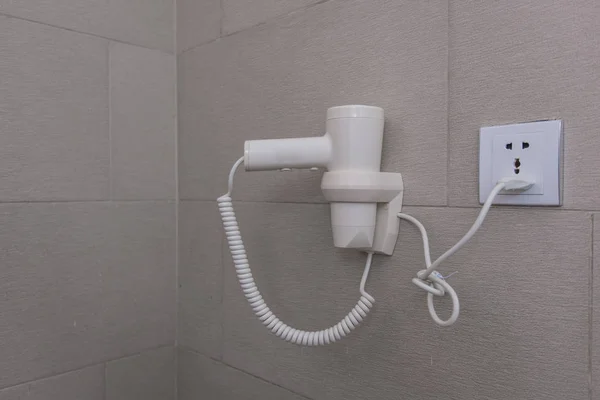
2. Hair Dryers and Styling Tools
Curling and straightening irons, as well as hair dryers, do not use much power when turned off however, their heating elements and bathroom moisture make them a risk for being left plugged into outlets. Electrical shock and accidental burns are possible if these tools remain connected.
A simple habit of unplugging them after use reduces fire risk and protects against accidental activation. This is particularly important in households with children or pets who might knock them over.

3. Televisions
TVs remain in low-power mode to instantaneously respond to remote commands, but that ready status comes at a cost. According to data from NRDC, standby mode can consume between 2 to 54 watts depending on the brand.
For TVs that aren’t used daily, such as those in guest rooms, pulling the plug can save meaningful energy over time. Grouping entertainment devices on a surge protector makes it easier to disconnect them all at once.
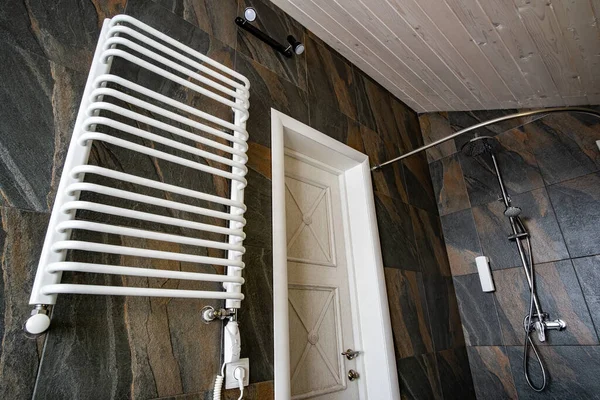
4. Heated Towel Warmers
But, while the warm towel does feel like luxury, heated towel racks are known to utilize up to 140 watts of continuous power on being plugged in some offer no sort of on/off switch, meaning they always draw power unless being unplugged.
Beyond the energy waste, any heat-producing appliance carries a fire risk if left unattended. Unplugging towel warmers after use keeps both your bathroom and your utility bill safer.
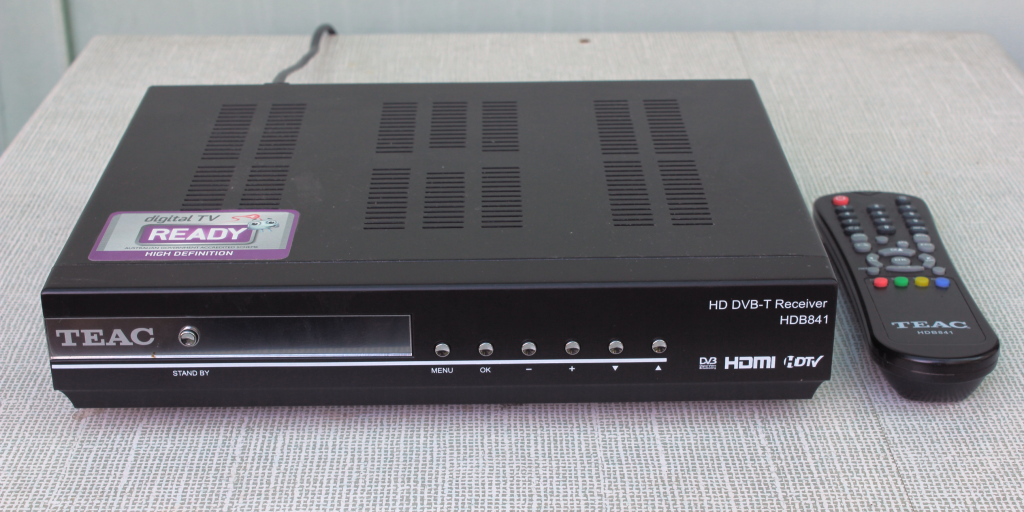
5. Video Game Consoles and Set-Top Boxes
Set-top boxes are some of the largest energy vampires, with many devices drawing considerable power even when in sleep mode. Consoles can easily be just as bad, especially with “instant-on” features turned on.
If your TV has built-in streaming apps, consider forgoing the set-top box altogether. Otherwise, unplug consoles and boxes when not in use, or use a smart surge protector to automatically cut their power.

6. Home Office Equipment
Printers, shredders, and scanners can be left in a perpetual standby mode, silently burning electricity until needed. Sometimes a printer uses more power sitting idle than operating.
These devices are an easy win for energy savings by simply unplugging them between tasks. If you print infrequently, this habit can noticeably reduce your monthly bill.

7. Digital Display Kitchen Appliances
Microwaves, programmable coffee makers, and other appliances with clocks or timers constantly draw power to keep those displays lit. If you don’t rely on the scheduling features, unplugging them prevents unnecessary consumption.
Small appliances are especially worth disconnecting, because they’re so often used in brief bursts but left plugged in for days or weeks.
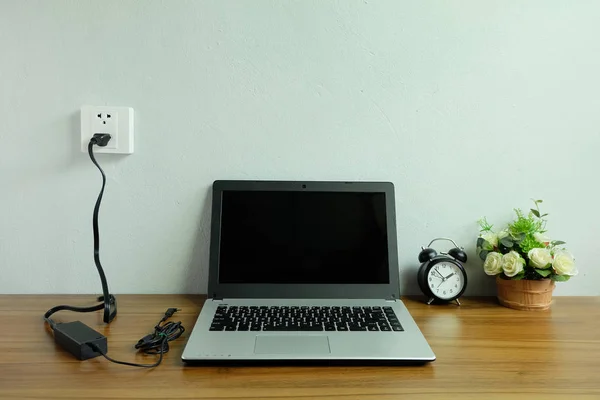
8. Computers
Even in their sleep mode, desktops and laptops use electricity anywhere from 1 to 49 watts for a period of 24 hours. This could sum up to about $50 annually per desktop, as cited by NRDC.
Shutting down and unplugging the computer saves money and can protect hardware from electrical surges. Powering down a computer clears the RAM, too, which has minor performance benefits.

9. Chargers for devices
Idle phone, tablet, and laptop chargers all use a little bit of electricity, but multiply that by the number of chargers in one household, and the waste adds up. Off-brand chargers can be even more inefficient, drawing more standby power than name-brand ones. But to combat this drain without affecting convenience, it is prudent to have a central charging station and unplug it when not in use. Unplugging isn’t just about saving pennies rather, it’s about taking control back over the energy usage and safety of your home.
By targeting the biggest standby power offenders, households can cut costs, lower fire risks, and prolong the life of their devices. Small changes, like grouping electronics on surge protectors or setting up easy-to-reach charging stations, make the habit stick. Over time, these practices of unplugging pay off in peace of mind and a lighter utility bill.


